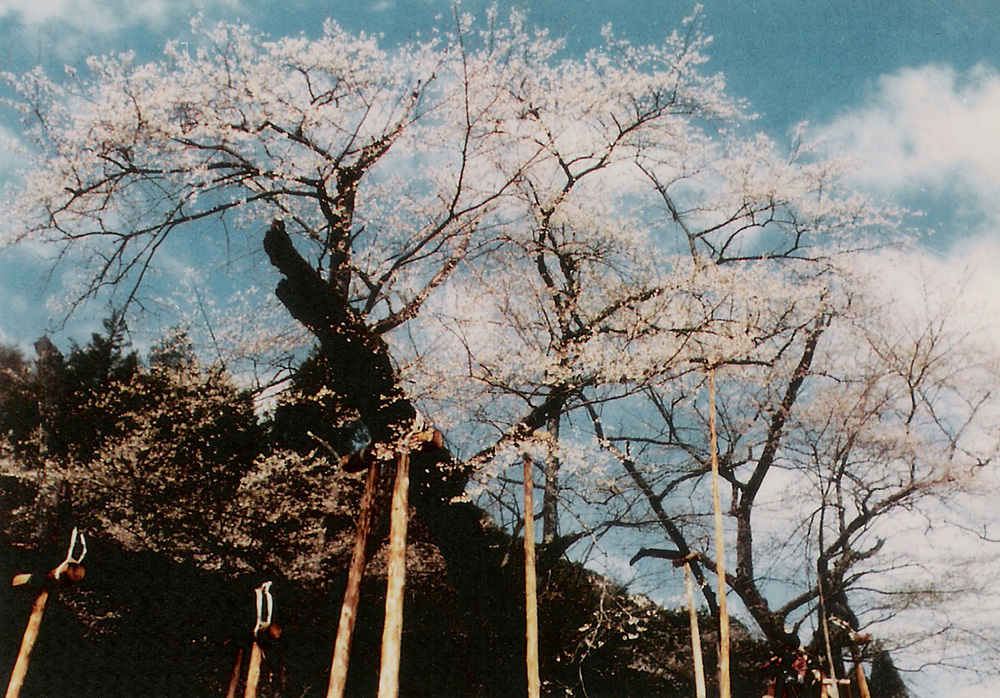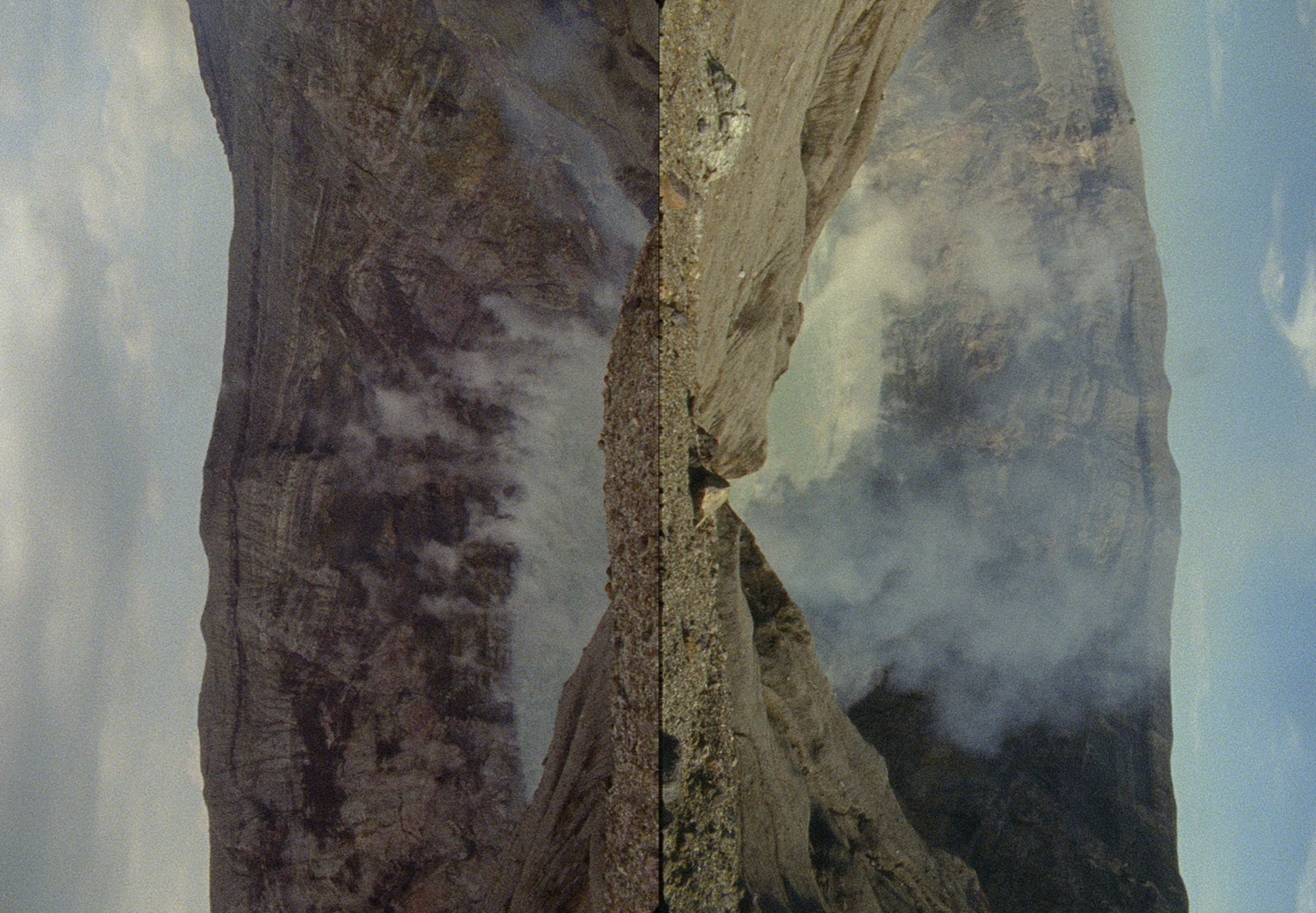Selection 6: Sumiko Haneda, Elke Marhöfer
In the presence of Elke Marhöfer
Courtisane is een platform voor film en audiovisuele kunsten. In de vorm van een jaarlijks festival, filmvertoningen, gesprekken en publicaties onderzoeken we de relaties tussen beeld en wereld, esthetiek en politiek, experiment en engagement.
Courtisane is a platform for film and audiovisual arts. Through a yearly festival, film screenings, talks and publications, we research the relations between image and world, aesthetics and politics, experiment and engagement.
In the presence of Elke Marhöfer

This film occupies a special place in my life of making films. Usuzumi no sakura is the proper name of a cherry tree in a mountain village called Neomura in Gifu Prefecture. This tree is not just any tree. They say it is over 1,200 years old - the oldest tree in Japan. I encountered it by chance in the spring of 1969. It seemed like there was a bewitching atmosphere enveloping the tree’s surroundings. The thought that “With this tree, and this tree only, I could make a movie,” suddenly stole inside my head. Two years later, selecting my younger sister as a partner, I thought I would try using her poems similar to a small piece of music that sang praise of the cherry tree. However, she soon fell sick - it was cancer - and died exactly one year later. The initial plan, in which I had thought it would be a short, musical kind of work, soon disappeared after her death and I became strongly drawn to the bewitching atmosphere of the cherry tree. While conversing with the tree, I tried to freeze its appearance in each of the four seasons. As I made this film, I thought that “it’s alright if no one sees it. I’ll just make what I want as I please.” For someone like me who had spent years making films as products for Iwanami Productions, this became an act of searching for my self. (Sumiko Haneda, edited)
Sumiko Haneda is one of the most prominent documentary filmmakers from Japan and one of the few women working in non-fiction cinema there in the postwar period. Born in 1926, in Dalian, China (then Manchuria), in 1949 Haneda entered Iwanami Productions, a company producing educational and promotional films, where she would make films about the arts, education, and nature. In 1976 she directed her first independent film, Usuzumi no sakura (The Cherry Tree with Gray Blossoms), a personal project she had worked on for many years. She continued to direct over 80 short and long films.
Introduced by Ricardo Matos Cabo
With thanks to Kanatasha, Inc. and Haneda Sumiko
With the support of the Japan Foundation
In collaboration with Open City Documentary Festival London
Japanese spoken, English subtitles

Following my dog, this film begins in our charred orchard in Sicily after a wildfire. It being summer, fires ignite—and not just by themselves. From my childhood I remember my father discussing with other farmers the best time to burn their fields after the harvest. They would wait for the right humidity and a good wind, careful not to let the fire pass over to other fields. Then suddenly fire was banned. The smoke, emitting natural aerosols, was considered an air pollutant and a health hazard. Meanwhile, agricultural machinery, lorries, cars, aircrafts, power plants, heating and cooling systems, all burning fossil fuels, were considered unproblematic. By the end of the 1980s, the agricultural practice of burning fields on a landscape scale had disappeared completely from the West German countryside. Today, in many parts of the world, human burning practices have been nearly extinguished and natural fires systematically suppressed, according to the notion that they damage nature. And it’s true, fire kills—certain trees and many organisms die in a fire. But fire also fosters ecology. (Elke Marhöfer)
Japanese spoken, English subtitles